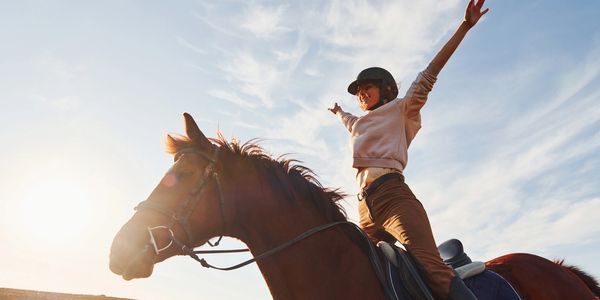Other notable buildings in the park include Cumberland Lodge, built in 1652 during the Commonwealth. After the restoration of the monarchy in 1660 the Lodge quickly became the home of the Ranger of the Great Park, an office in the gift of the sovereign. Each Ranger made his – or in one case, that of Sarah Churchill, Duchess of Marlborough, her – own mark on the features of the house and its surroundings.
Throughout her life Queen Victoria was a frequent visitor. Her daughter Princess Helena of the United Kingdom lived at the Lodge for over fifty years, presiding over elaborate re-building after a major fire in 1869 and extensive alterations in 1912. Lord FitzAlan, last British Viceroy of Ireland, was the last private person to be entrusted with the Lodge. It was in his time, at the Lodge in 1936, that the Prime Minister, Stanley Baldwin, discussed the crisis over King Edward VIII's desire to marry Wallis Simpson with the king's secretary, talks which led to Edward's abdication of the crown a few weeks later. In 1947, the King made the Lodge available to the newly established St. Catharine's Foundation, later known as the King George VI and Queen Elizabeth Foundation of St Catharine's. Today the organisation is simply known as Cumberland Lodge. Cumberland Lodge today is an educational charity dedicated to initiating fresh debate on questions facing society. The grounds are not generally open to the public, but the house is continually holding conferences, open days and lectures.[24]














